The first big wildfire of the 2024 season to affect Sedona and the Verde Valley is the 960-acre Bravo Fire. Burning on the heavily-wooded Camp Navajo, an Arizona National Guard facility south of Bellemont, an unincorporated community 22 miles north of Sedona and nine miles west of Flagstaff, the wildfire was managed by the Arizona Department of Emergency and Military Affairs, not by the U.S. Forest Service, as is common in most of the American West.
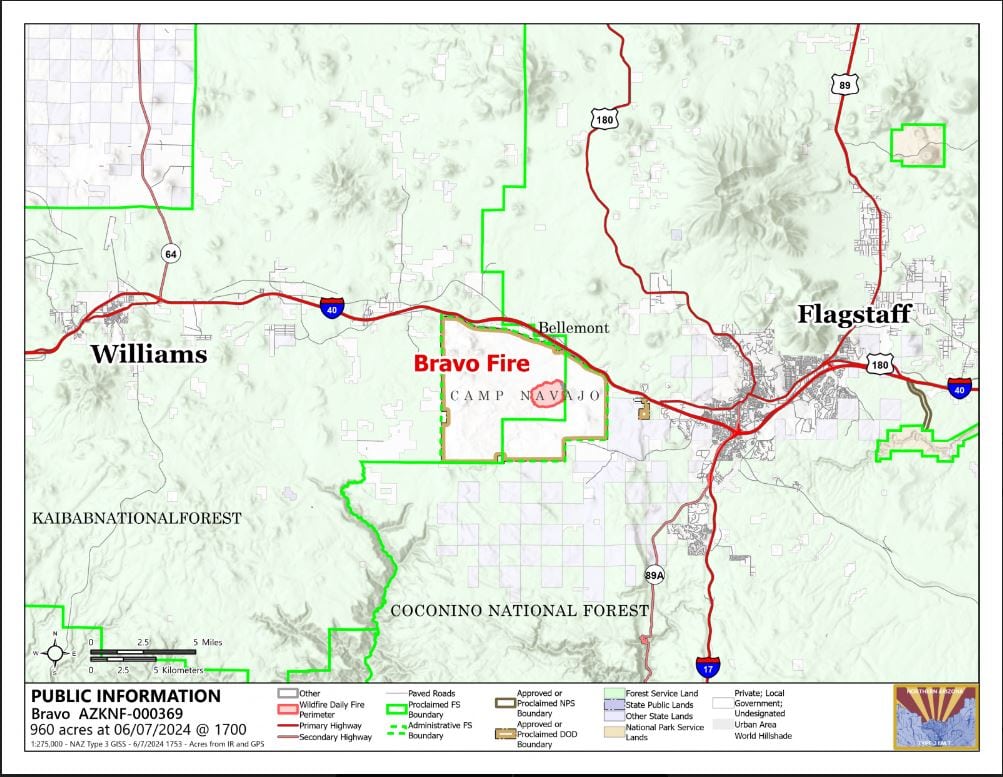
At the peak of firefighting operations on June 7, 150 firefighters, eight air tankers, an air attack aircraft and lead plane, four helicopters, multiple fire engines from surrounding agencies, two Hotshot crews and two hand crews were battling the blaze.
The fire started the night of June 5, according to DEMA, but the cause is still under investigation. The wildfire flared up on the morning of June 6, and our photojournalist, David Jolkovski, was the first to notify us when he saw a plume of smoke emerge on the horizon while shooting another assignment.
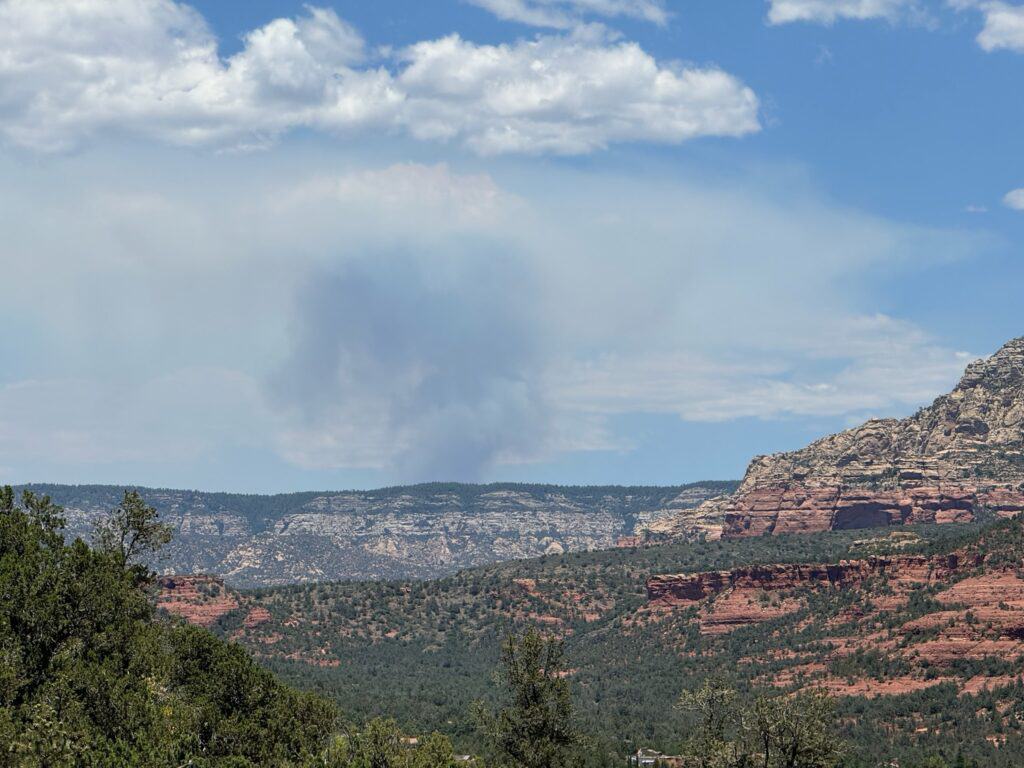
We got our first press release a few minutes later, when the very smoky blaze had grown to 100 acres. By the afternoon, it had grown to several hundred acres as fire crews arrived on scene.
Fighting a wildfire is not like fighting a structure fire such as most of us have witnessed in our lives, with local firefighters rushing to the scene and using fire hydrants or mobile water tanker vehicles to douse the blaze with water and put it out as quickly and as safely as possible.
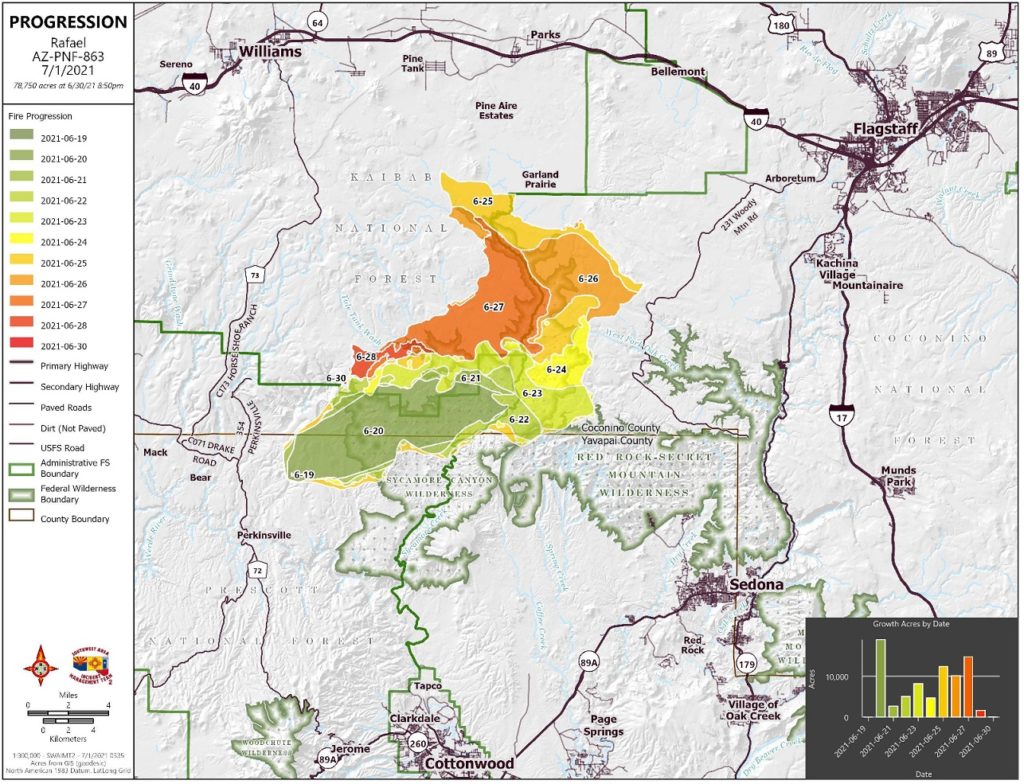
The last major wildfires in our area took place in 2021: The 78,065-acre Rafael Fire on the Coconino Plateau, the 41,924-acre Backbone Fire southeast of Camp Verde and the eponymous 1,241-acre Cornville Fire.
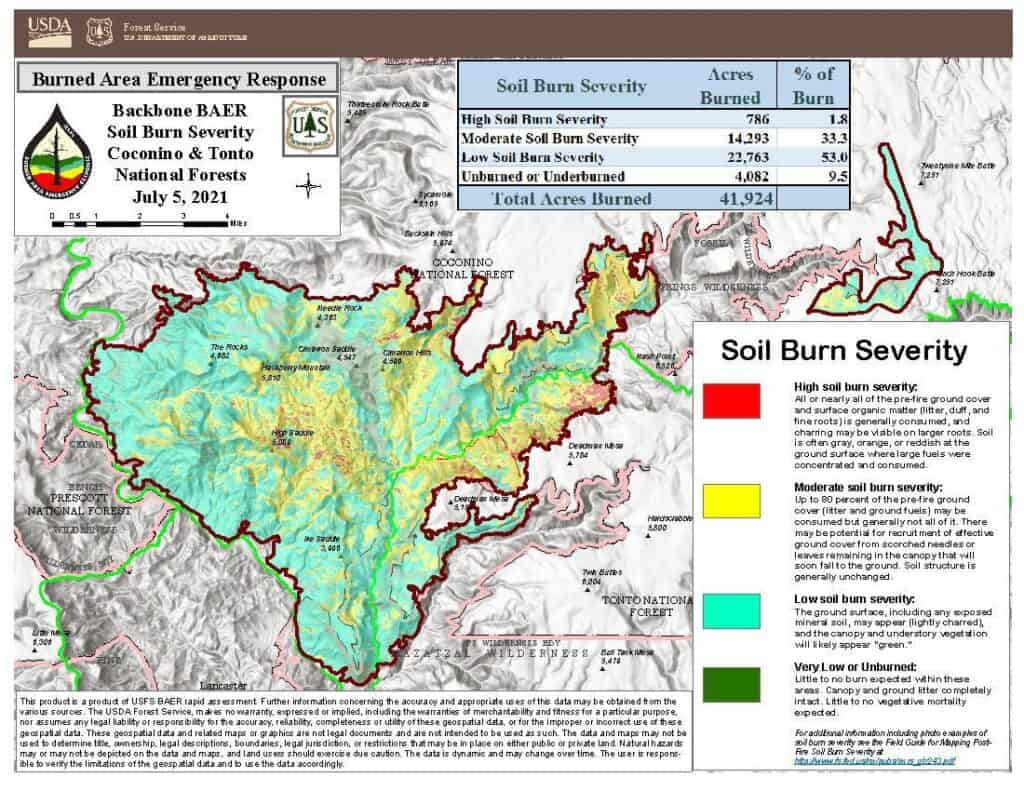
In July 2022, the Committee Fire burned 300 acres atop Munds Mountain immediately east of Sedona before being extinguished by a combination of aircraft suppression and rainy monsoon weather.
The 2022 wildfire season was otherwise light and there were no major local fires in 2023. For those new to the Sedona area or the West in general experiencing their first wildfire season, or fire season with wildfires in our area, wildfire management can seem counterintuitive.
Wildland firefighters construct a fire line, which is a break in vegetation and potential fire fuels like dead or downed trees, to bare soil or rock by using digging tools or conducting small controlled fires, burning the area before the big wildfire can reach it.
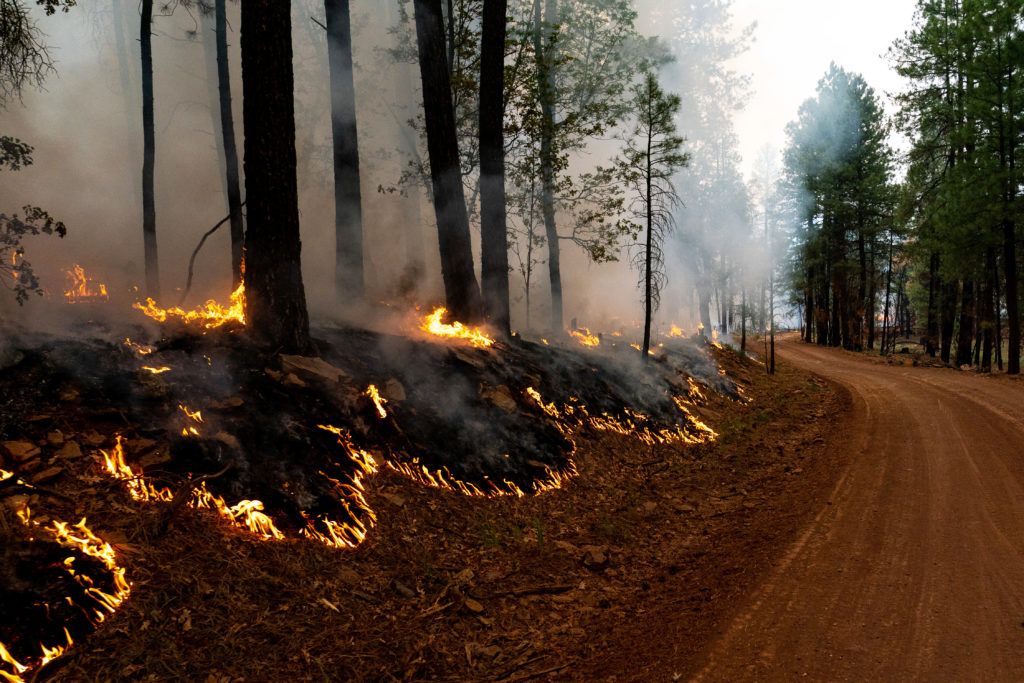
Many wildfires burn for weeks until containment, which is the goal: Letting fires burn in a contained area until they starve or are extinguished by rain.
Wildland firefighters start at what they call an anchor point, usually the spot where a wildfire is burning with the least intensity. Moving out from there, firefighters construct a fire line that eliminates fuels. The fire line’s size depends on wind, weather conditions, fire behavior, topography and fire fuels in the area.
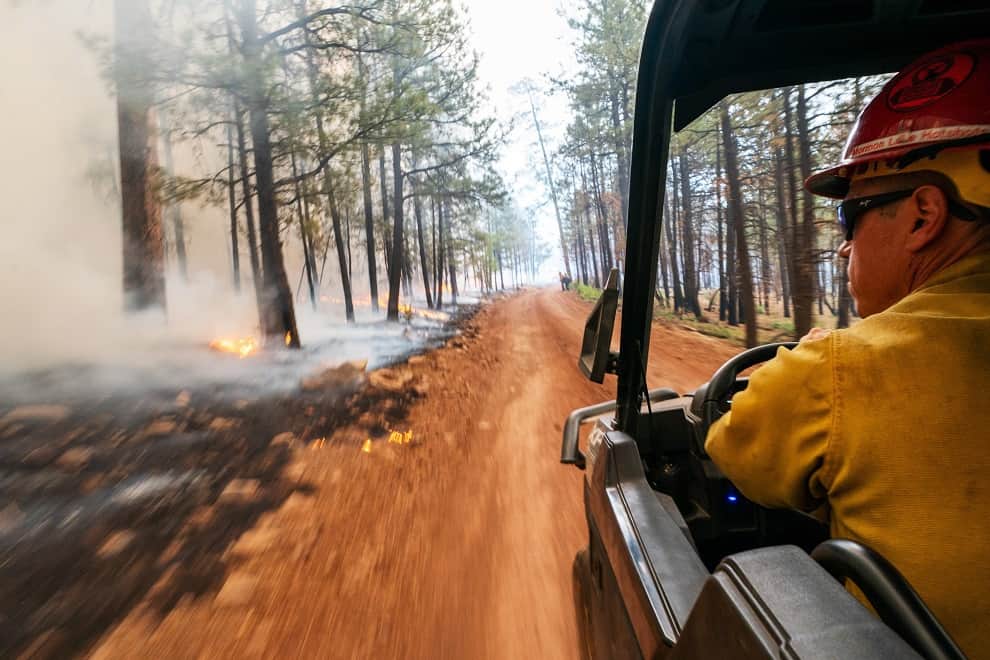
Regular wind and windy conditions caused by the wildfire itself can cause blazes to jump fire lines, which is both dangerous to crews on the ground and requires them to establish a new fire line.
Crews can also deliberately start backburns in front of an advancing wildfire to consume fuel, which can block the fire’s path of advance or change its direction.
Set correctly, based on the winds and terrain, backfires move towards the main fire and get sucked in without spreading. They’re effective but risky, because they can spread and add to the existing wildfire.
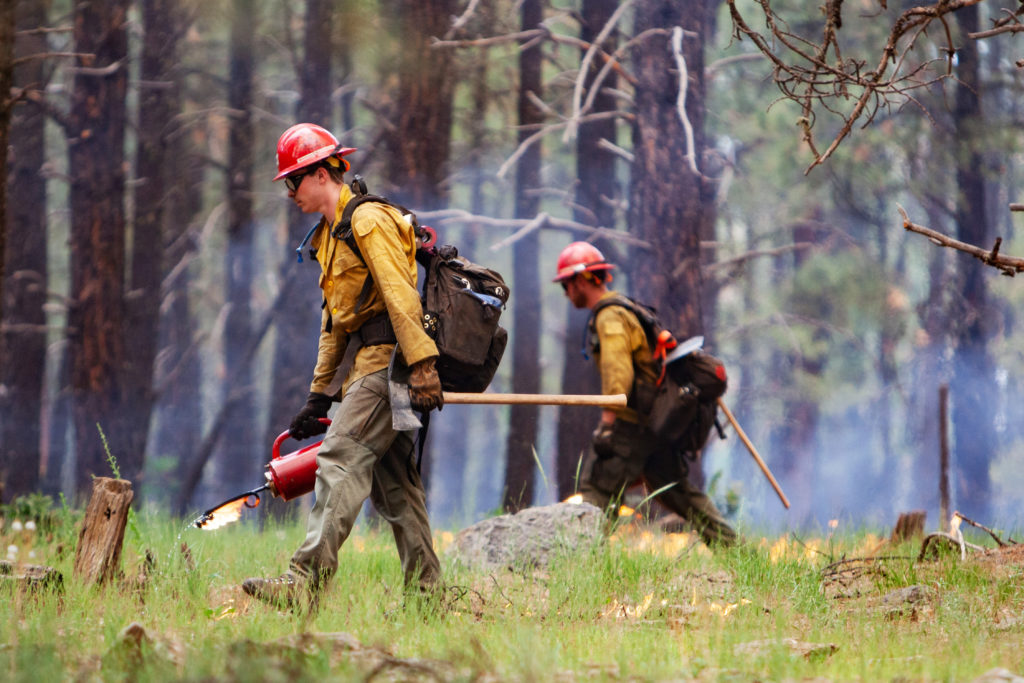
Both ground crews and airplanes use water to fight wildfires, but water on very hot blazes can evaporate before it has a chance to cool fuels.
Fire retardants can reduce a wildfire’s intensity and speed and include different types of classes of firefighting foam, which contain synthetic surfactants that reduce a liquid’s surface tension and increase the water’s ability to soak an area. Foam forms a blanket that clings to surfaces to block oxygen from getting to potential fuels.
Fire retardants are generally composed of 85% water, 10% ammonium phosphate fertilizer and 5% other ingredients like corrosion inhibitors, thickeners, bactericides and flow conditioners that extend its effectiveness after water has evaporated. They’re tinted with a red pigment made of iron oxide so pilots can see where they’ve previously dropped retardant.
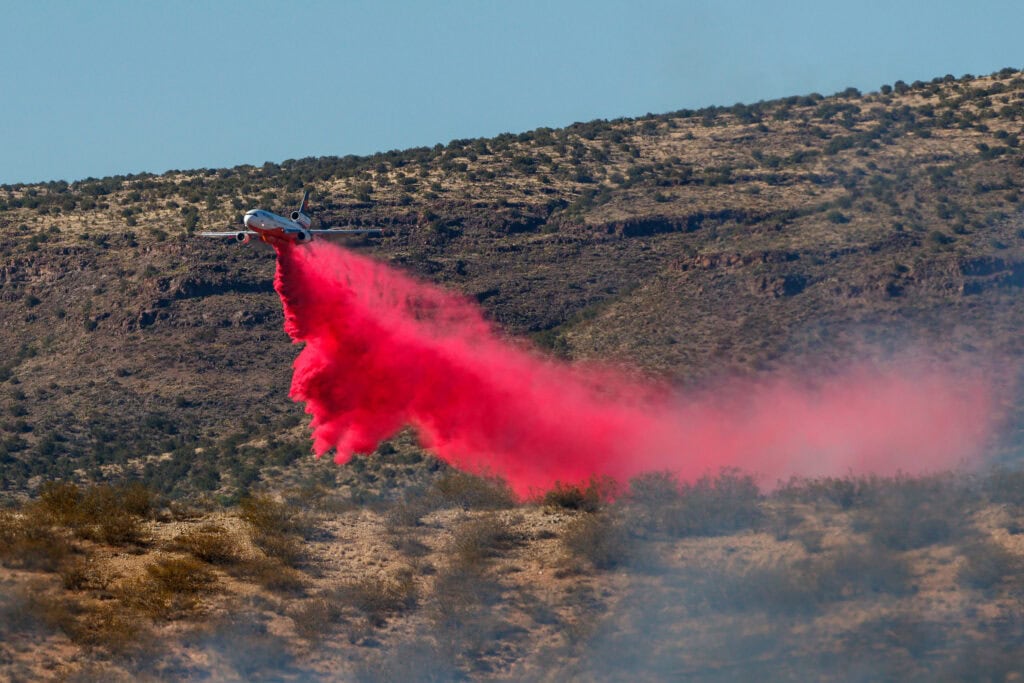
Interagency Hotshot Crews are teams of 20 or more elite wildland firefighters who are regular firefighters from local departments trained to be strategic and tactical wildfire experts. Many travel the country during fire season and their local departments are reimbursed by state or federal funds for their work.
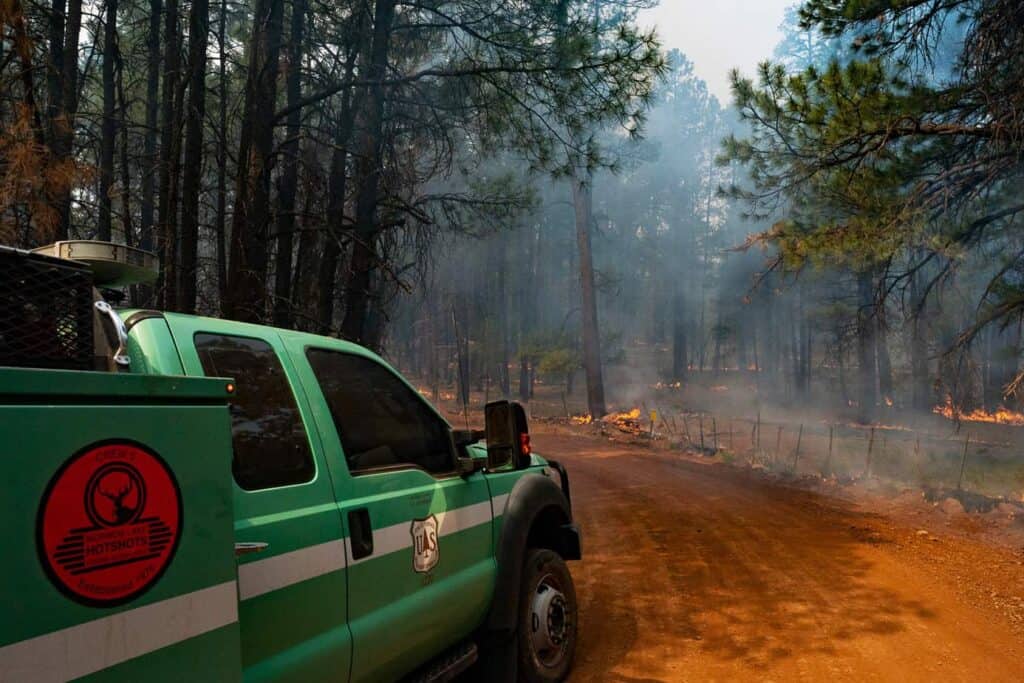
Smokejumpers are the rarest and most trained firefighters who are parachuted near wildfires. There are six USFS smokejumping crews in the country, including one based in McCall, Idaho, where our new city manager worked before coming to Sedona in April.
Hopefully, our 2024 season will be quiet and fire-free, but in case a blaze does start locally, you have a better idea what all those crews are doing to contain it.
Christopher Fox Graham
Managing Editor














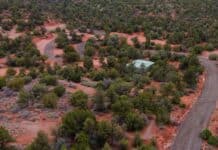

![s-wa-Fire-Tour-06-30_06[1]](https://www.redrocknews.com/wp-content/uploads/2024/06/s-wa-Fire-Tour-06-30_061-696x464.jpg)


